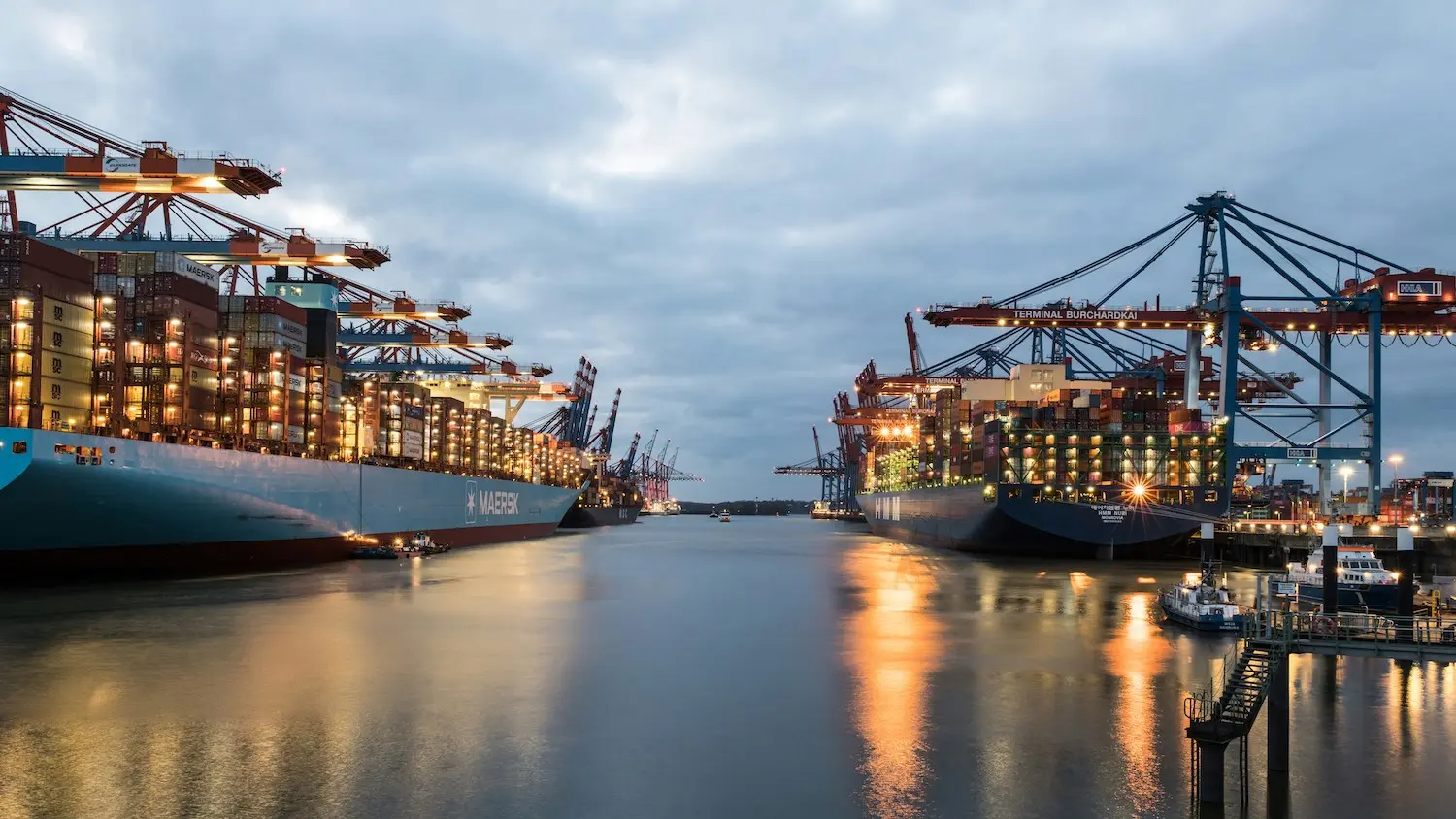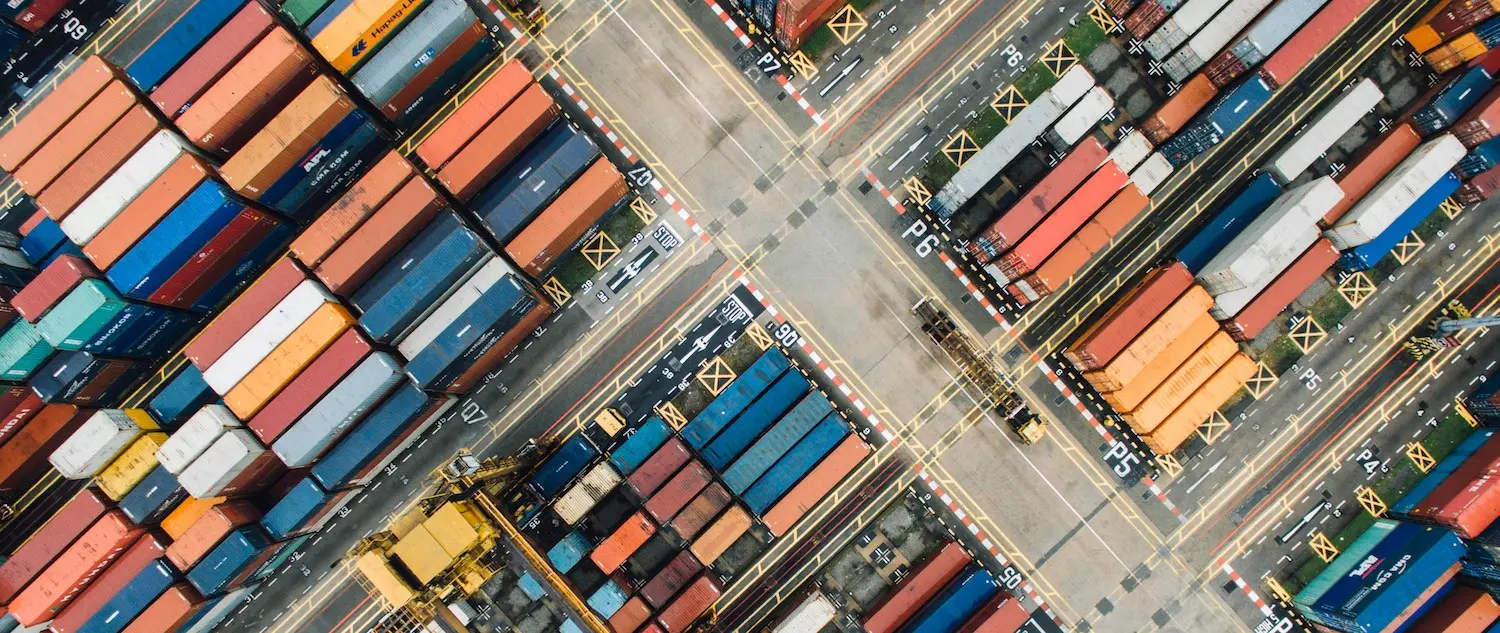
Overcoming Challenges in Intermodal Freight Transportation
Intermodal freight transportation provides many advantages for businesses around the world that need to transport products from one place to another. This type of transportation also plays a crucial role in international trade, as approximately 50% of rail intermodal volume is made up of imports or exports.
Intermodal shipping is flexible and efficient, but it’s not without its challenges. Here, we discuss some benefits of intermodal freight transport as well as common problems faced when using this type of transportation and how to solve them.
What Is Intermodal Freight Transportation?
Intermodal freight transportation is the movement of goods from one place to another using two or more modes of transportation. The goods are packed into standardized containers where they remain for the duration of their trip. These containers are transferred between different transportation methods as they travel, such as intermodal trains, trucks, and cargo ships, for an efficient journey.
There are many benefits of using intermodal transport, including:
- Lower costs: Companies can reduce transportation costs by using multimodal transportation, as a cargo ship or rail transportation is often used for the longest legs of the journey. These transportation methods can haul much more cargo due to their size and ability to stack containers. They can also be more fuel efficient than trucks for long journeys.
- Sustainability: Because container ships and trains often move the intermodal freight for the longest parts of the journey, there are less trucks on the highway. This helps reduce highway congestion, which decreases the carbon footprint of the transportation sector. Intermodal trucks and drayage services can then help bridge the gaps between shipyards, rail yards, shipping facilities, and customers.
- Improved safety and security: Since the cargo remains in the same container throughout the entire trip, the need for handling it when moving between transportation modes is eliminated. This decreases the likelihood of damage to the cargo while also saving time and money. It’s also more difficult to access a constantly-monitored rail yard or port than a public place where a truck may need to park overnight.
- Efficient transitions: Because the shipping container is the only item that needs to be transferred when changing modes of transport, this task can be performed quickly with cranes, forklifts, or other equipment, allowing the container to continue its journey without wasted time. And if you need to ship your goods from point A to point B as quickly as possible, air transportation can also be incorporated into the shipping process, though it is the most costly method of transport.
Common Challenges in Intermodal Freight Transportation & Solutions
Every transportation method has its pros and cons, and intermodal transportation is no exception. However, with the right solutions in place, these obstacles don’t have to negatively impact your cargo’s journey.
Here are some common challenges faced in the intermodal shipping process and how you can overcome them.
Shipment Visibility
Challenge: Uncertainty about the location of your shipping containers at any given time can lead to your company making uninformed decisions and experiencing unexpected delays. This can result in unhappy customers and eventually tarnish your reputation if left unresolved. Knowing where your shipments are at all times is a crucial element of success.
Solution: Many logistics companies offer real-time tracking for intermodal shipments. This transparency provides peace of mind to intermodal shippers, allowing them to avoid disruption to their supply chain and make proactive decisions to ensure each container arrives on time. Visibility tools also enable more effective collaboration between all stakeholders involved in the process so that quick action can be taken as needed.
Highway & Port Congestion
Challenge: No matter how well-planned a truck’s journey is, highway delays due to accidents, weather, excessive traffic, or other events are inevitable at times. Cargo ships may also experience delays at the port because of adverse weather conditions that slowed the loading and unloading of containers onto other ships, causing congestion.
Solution: About 40% of long-distance freight volume in the U.S. is transported by freight railroads. This means a significant portion of many containers’ journeys can be spent avoiding crowded highways and ports.
Drayage services can also be enlisted to keep your cargo moving efficiently. In a common scenario, these trucking companies retrieve your containers at a port and move them to rail terminals and into rail cars for the last long-haul part of the trip before final delivery. Not only does this prevent containers from sitting at the port for too long – it also reduces future port congestion.
Inefficient Planning & Coordination
Challenge: Different intermodal providers must work together efficiently to optimize the cargo’s journey. However, sometimes they aren’t on the same page due to a lack of planning or miscommunication.
For example, if a truck is transporting several containers from a train to their final destination, the necessary manpower and equipment – like rail ramps or sidelifters – must be available. If the right equipment isn’t at the right place at the right time, this could cause shipping delays.
Solution: Since the intermodal load never leaves the container, less coordination and planning is involved in intermodal shipping. However, the process still requires proper execution. Using a drayage service to coordinate each step of your cargo’s journey means that navigating abnormal schedules, confusing port operations, and resource allocation will be left to the experts.These services provide customized solutions for the unique shipping needs of all kinds of businesses.
Intermodal Container Availability
Challenge: There are several factors currently impacting the availability of intermodal containers. Demand for shipping containers is rising due to increases in both trade among key countries and consumer online shopping. There is also a shortage of empty containers to carry goods, as older containers are being disposed of faster than new ones are being built.
Solution: Purchasing used shipping containers from a reliable seller is a cost-effective way to ensure you’ll have the space you need to ship containerized cargo. There are many benefits of buying used containers instead of new ones, such as lower purchasing costs and a reduction in greenhouse gasses. And, their function is the same for intermodal transport.
You can also work with a drayage carrier to obtain containers that fit your needs, as they often offer a wide assortment of containers that are readily available.
Avoid Intermodal Freight Transportation Challenges With Custom Intermodal Services
Intermodal transportation offers companies improved efficiency, sustainability, cost savings, and more when it comes to shipping their goods around the world. Successfully moving products thousands of miles across land and sea can be a challenge, but partnering with an intermodal service provider can help you seamlessly navigate the intricacies of intermodal freight shipping.
DSL Logistics streamlines the shipping process every step of the way with modernized technology for real-time tracking, advanced freight handling equipment, premier drayage services, and customized shipping solutions to meet the needs of your business.
Get the support you need to overcome intermodal freight transportation challenges. Request a quote today!
Categories
- Intermodal




